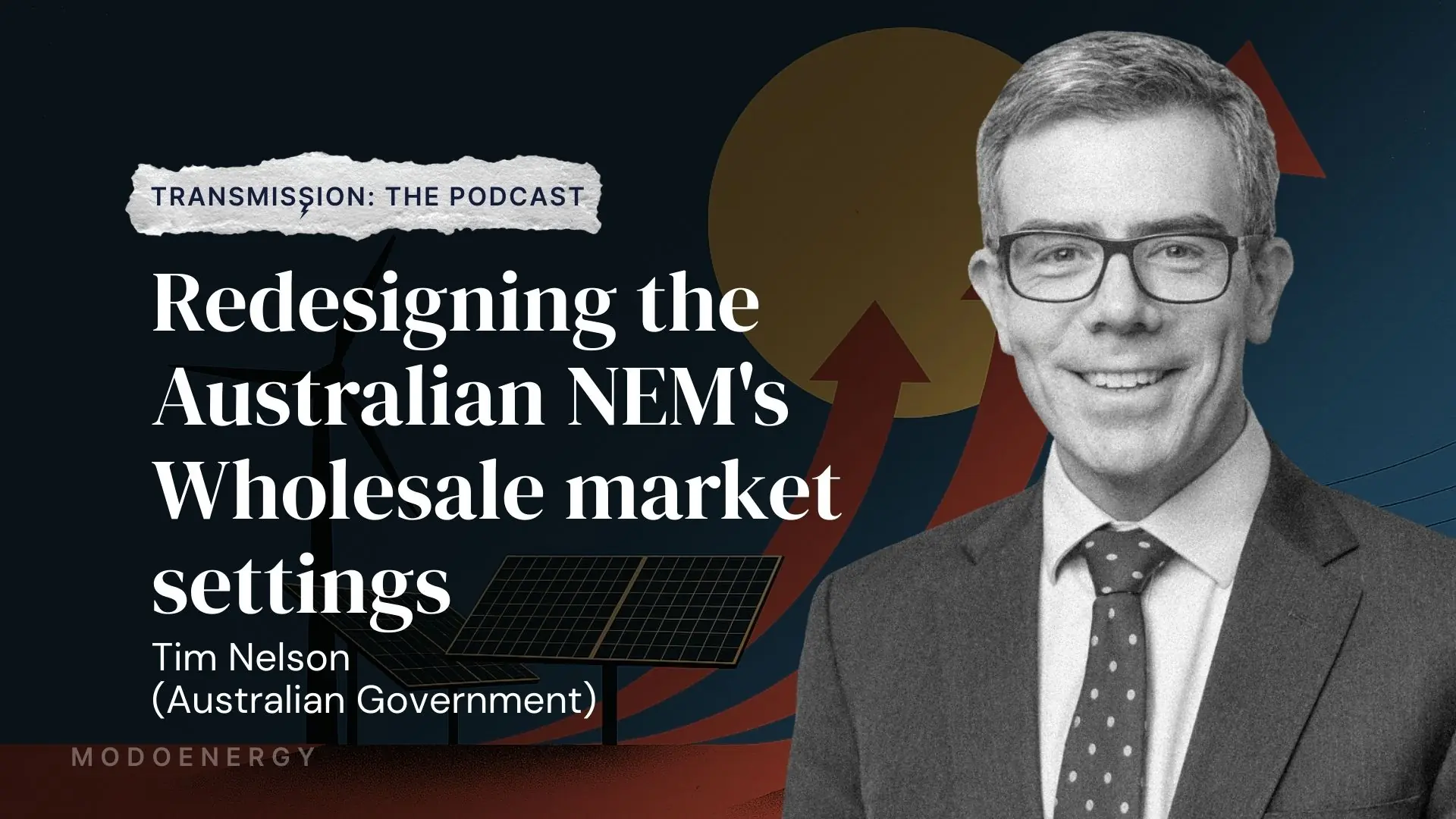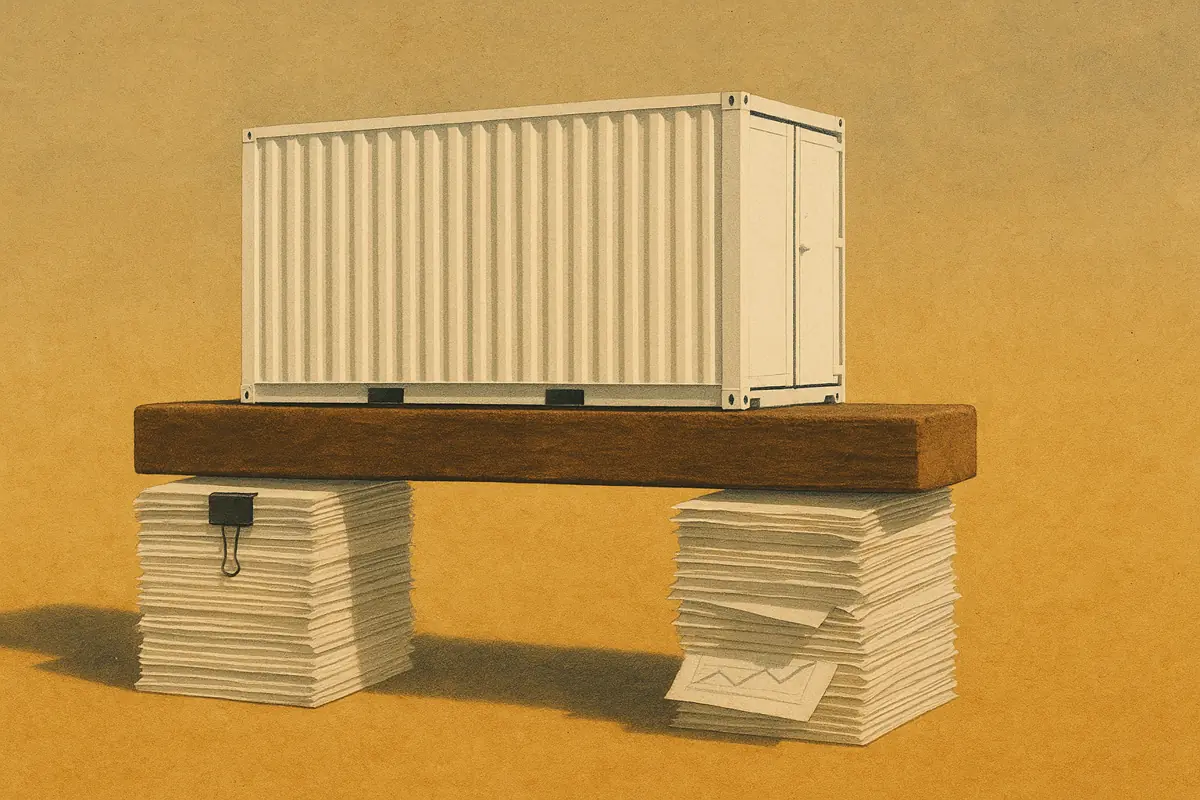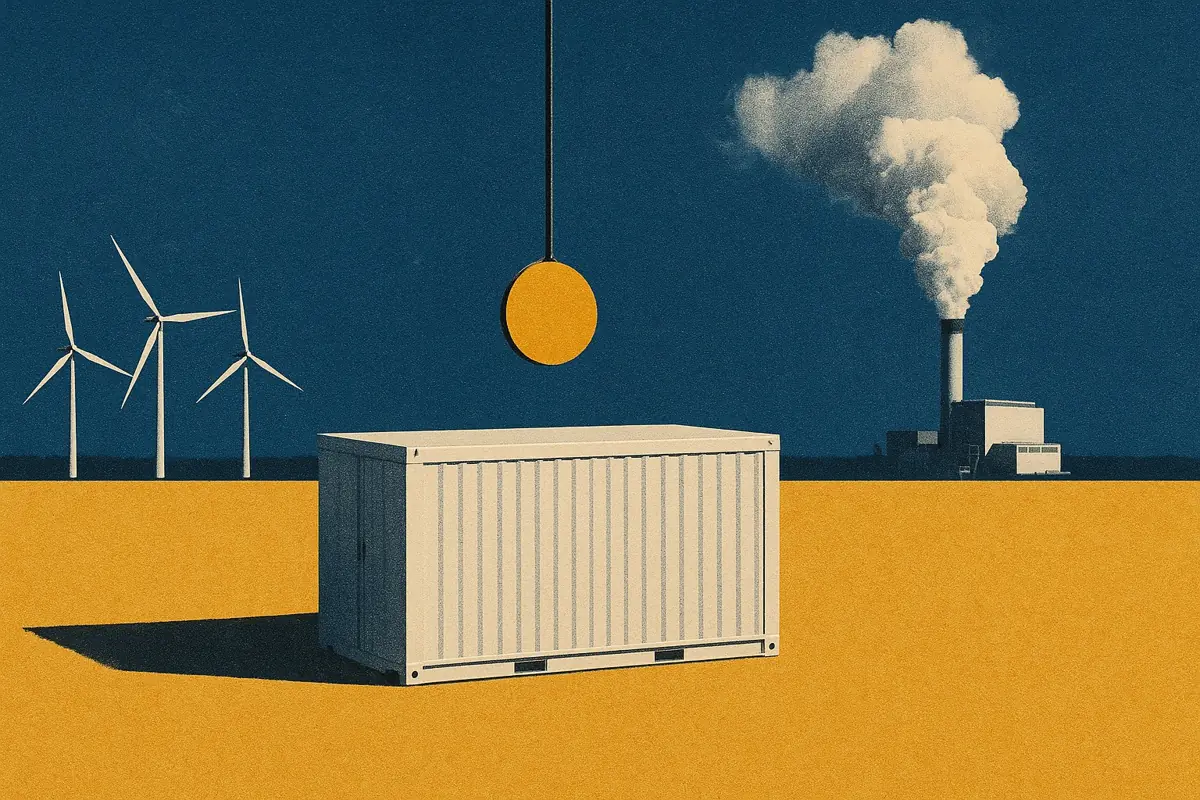Between July and September, our Research articles reached more eyes than ever before. Thank you for trusting us to bring you regular battery energy storage insights and analysis.
We covered plenty of topics, and we’re incredibly grateful for all of your feedback - most was positive, some was (rightfully) less so, but all of it was hugely helpful.
With so many new users discovering Modo in the past couple of weeks, following the launch of our new platform, we thought it might be a good time to revisit some of the most popular articles we put out in the last three months.
So, here are the Top five most-read Modo Energy Research articles from Q3 2023.
1. What are battery skip rates in the Balancing Mechanism?
In July, the skip rates of battery energy storage in the Balancing Mechanism hit the headlines. The Electricity Storage Network published an open letter to National Grid ESO on the topic - while we published the results of our own Deep Dive into skip rates.
The headline figure? In-merit battery energy storage has had a skip rate of 91% on average in 2023.

Want to find out more? In total, we published three articles on skip rates:
- A summary of the analysis on skip rates
- The detail behind the analysis and how different systems are treated
- How skip rates for other technologies compare to battery energy storage
Skip rates in the Balancing Mechanism remains one of the hottest topics in the industry. National Grid ESO are hosting a Balancing Mechanism roadmap event on 16th October, and we’ll bring you all the detail that comes out of the day.
2. What is the acquisition landscape for battery energy storage in Great Britain?
Battery energy storage acquisitions in Great Britain are heating up. In September, the US investment company KKR part-acquired Zenobe in a deal worth over £500m. Elsewhere, smaller portfolios and individual systems continue to be bought and sold. In August, we published our analysis of the history of battery acquisitions within the GB market.
The main takeaway? The industry is maturing and as a result, acquisitions are increasingly focused on pre-construction projects.
Head to our deep dive to read more.

3. Why is non-Balancing Mechanism capacity growing in the battery fleet?
Non-Balancing Mechanism registered battery capacity is on the rise in Great Britain. The main reason? The growth of NIV chasing as a profitable strategy for battery energy storage.
First up, what is NIV chasing? Essentially, it is a way to earn money from changes in the system price. Head to our explainer article on the topic to get fully up to speed.
Then, read our deep dive to find out just who is behind the increase in non-BM capacity, which batteries are likely pursuing a NIV chasing scenario, and just how much this strategy may be worth.

4. How is Balancing Mechanism dispatch duration responsible for battery skip rates?
Following hot on the heels of our analysis of skip rates, we published an analysis into how limits on the duration of dispatches available to batteries in the Balancing Mechanism contribute to high skip rates.
The most important thing you need to know? Battery energy storage is effectively limited to dispatches of 15 minutes or less within the Balancing Mechanism.
This is all down to limitations over what data can currently be communicated to the National Grid ESO control room around the state-of-charge of these systems.
Want to read more? We published two articles on the topic:
- An explainer of just why battery dispatches are limited to 15 minutes or less
- A deep dive into why this is having such a big impact on battery skip rates

5. How much battery storage capacity came online in Q2 2023?
At the very start of the quarter, we looked back at what battery capacity been built in Q2 and how this matched up to our expectations.
The headlines? 413 MW of new capacity came online in Q2, just behind the record from the previous quarter. This puts the fleet on track to hit 4 GW by the end of 2023.
Head here to learn more about which batteries came online in Q2 and who was responsible.

While these numbers painted a rosy picture, the analysis highlighted significant delays experienced in getting new systems online. Tune in next week for the buildout numbers from Q3 and whether the fleet is still on track for 4 GW by year-end.







